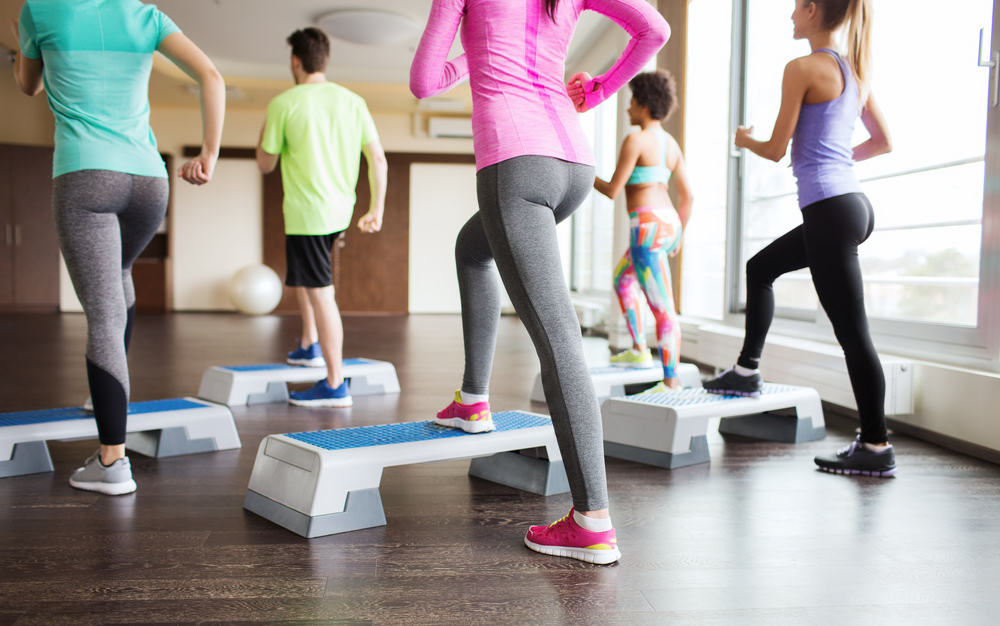Making Moves when Movement Hurts
Written by |

***
Note: Lupus News Today is strictly a news and information website about the disease. It does not provide medical advice, diagnosis, or treatment. This content is not intended to be a substitute for professional medical advice, diagnosis, or treatment. Always seek the advice of your physician or other qualified health provider with any questions you may have regarding a medical condition. Never disregard professional medical advice or delay in seeking it because of something you have read on this website. The opinions expressed in this column are not those of Lupus News Today, or its parent company, Bionews Services, and are intended to spark discussion about issues pertaining to lupus.





Beth
Excellent! I feel better when I move, I can't run the long distances I used to, but hey 3 or 5 miles is more than nothing, right? Glad to know I'm not a solo athlete trying to figure out how to balance exercise and Lupus.